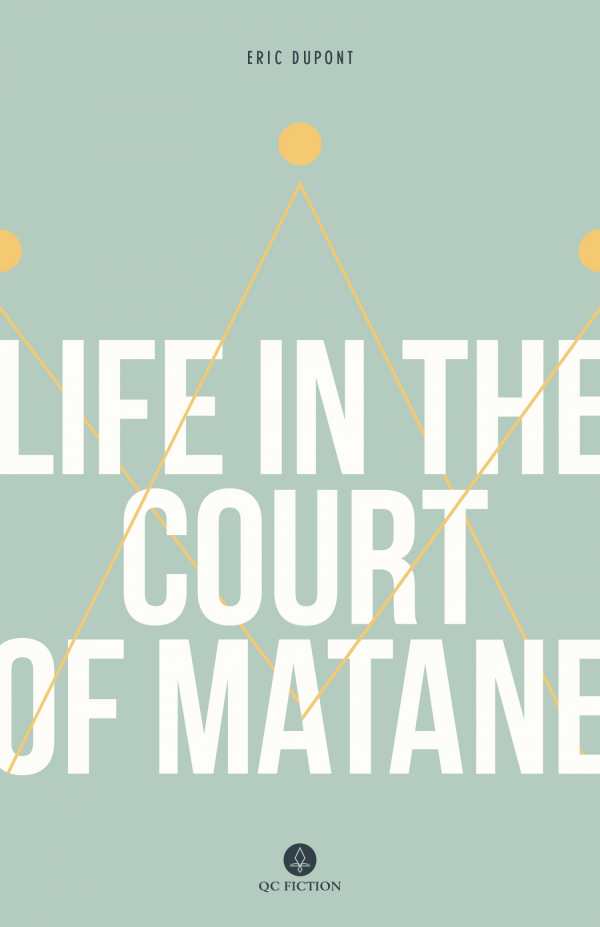Life in the Court of Matane
A young boy imagines his life from a distance in this piercing story about escaping circumstances.
Tangential, expansive in its ability to capture youth at a crossroads, and unexpectedly piercing, Eric Dupont’s Life in the Court of Matane, translated from the French by Peter McCambridge, is an inventive novel set in 1970s and ‘80s Quebec. The author’s fictional namesake, Eric, narrates his upbringing from the vantage of an adult reflecting on the past, with a captivating voice that sharply trapezes between a heightened version of his parents’ divorce and life in the countryside.
When Eric’s father, a womanizing police officer, leaves his mother, a professional cook, Eric reimagines them as Henry VIII and Catherine of Aragon. His stepmother becomes Anne Boleyn, who rejects being addressed as Maman, and completes the portrait as an interloper. Eric and his sister—commanded to forget their real mother—embark on a series of moves that land them on the Gaspé Peninsula near the St. Lawrence River.
Through forays into Canadian wildlife, history, politics, Catholicism, Nadia Comaneci’s gold-medal Olympic performance, and boyhood incidents, Eric depicts himself as a bookish, isolated observer of his peers. Whether he recounts the arrival of a Laotian family in Saint-Ulric, the Quebec sovereignty movement, interpretations of biblical words, rules in Henry VIII’s court, the pecking order in the schoolyard, or an imaginary story featuring Laika, the cosmonaut dog, Eric’s insights brim with intelligence.
Despite the humor that comes from finding himself uprooted and dropped into what he believes to be a backwater town, Eric’s story is one of unresolved pain. Here is a narrator determined to remain on edge; the distanced view of his parents, especially of the absent “Catherine of Aragon,” nearly turns them into myth. It’s this sublayer of sorrow that ends up being most striking, and is perhaps best summed by this line: “The funny thing about memory is that it always ends up chasing its own tail.” The telling remark highlights the circular nature of trying to make sense of a life while sifting through images, only to arrive at the impossibility of real escape.
Reviewed by
Karen Rigby
Disclosure: This article is not an endorsement, but a review. The publisher of this book provided free copies of the book to have their book reviewed by a professional reviewer. No fee was paid by the publisher for this review. Foreword Reviews only recommends books that we love. Foreword Magazine, Inc. is disclosing this in accordance with the Federal Trade Commission’s 16 CFR, Part 255.

